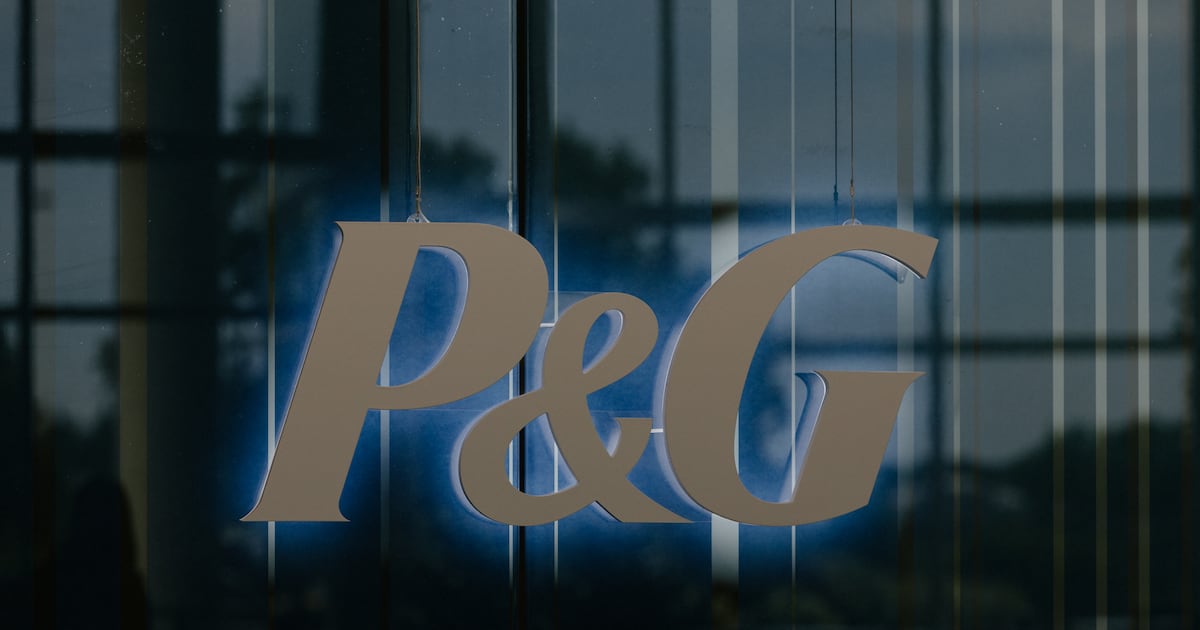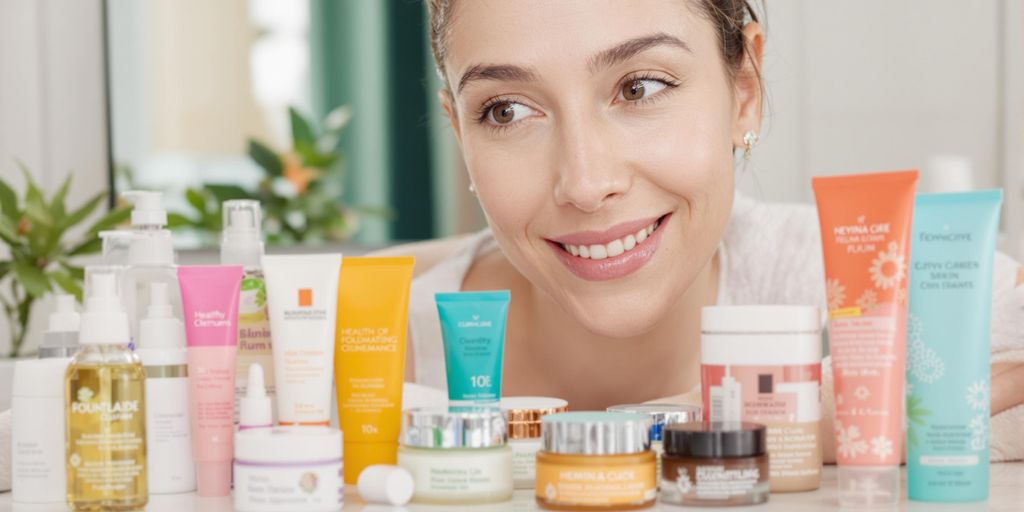Procter & Gamble Co. (P&G) has reported a second consecutive quarter of slow sales growth, with minimal price increases, and a particular weakness in key sectors such as skin and baby care. Organic sales for the period rose by 2% in the first fiscal quarter which ended on September 30, which is slightly below analysts’ predictions that there would be an increase of roughly 2.1%.
Prices on average increased by 1% during this period, the same as the previous quarter and significantly less than the increases from the same time last year. It was a surprising decline in the company’s beauty category, specifically skincare, which experienced a significant decrease in sales and lower yields due to slack in the high-end SK-II brand sold in China.
However, there was a silver lining as P&G’s fabric and home care category, which includes Tide laundry detergent, exceeded forecasts thanks to higher volume sales. Despite these adjustments, P&G shares fell by 1.2% at 9:42 a.m. in New York after the stock trading day commenced without the right to receive a dividend payout – but it still managed to gain 18% this year through to Thursday, just lagging behind S&P 500’s 22% increase.
It seems most of the weakness in sales is focused particularly in the Middle East and China, with no new warning signs amongst the backdrop of mounting concern about consumer growth, the company’s results however offer a degree of steadiness when compared to the previous quarter, where it trailed Wall Street’s expectations by a wider margin.
The company has sustained its targets for revenue and earnings, which includes organic sales growth of up to 5% for its ongoing fiscal year, suggesting that it predicts growth to speed up in the coming quarters. However, this has been a fairly subdued quarter for the company.
It appears that China and the Middle East have dragged down the results, due to war-induced boycotts and reduction in consumer confidence respectively. However, the company maintains confidence in the main structure and strength of their business.
This implies that it would be challenging for P&G to revert back to their previous stronger growth rates, and also reinforces that China continues to be a crucial obstacle for the success of consumer-goods makers. It was reported during an earnings call that their organic sales fell by 15% in Greater China during this quarter.
P&G have been attempting to enhance their performance with high-end products such as total body deodorant and razors for different body parts, alongside new items and features that allow for higher pricing flexibility. It was also said that more costly items, like the Oral-B electric toothbrushes, are selling well. Correspondingly, P&G is releasing a cheaper version of these toothbrushes to appeal to a wider consumer base.
With the company’s first-quarter adjusted gross margin matching estimates, it was able to offset unfavorable commodity costs. Despite price increases slowing down considerably, the company doesn’t expect they will start to decline.
There was a temporary surge in people stocking up on paper products due to a US port strike, although this will not impact the current quarter. Sales volumes declined in the baby care category for the quarter, which might seem worrying, although P&G has recently launched a new version of its Luvs baby diapers, which is claimed to be both softer and more absorbent.
In China, they are trying to improve the effectiveness of advertising. In addition to skincare, the company has also reported softer sales in oral care within this region. This can be attributed to the fact that consumers in China are becoming increasingly cautious about their spending due to their net worth being closely tied with the stock market and the property market.





![“Kerassentials Review” : [My Updates Reviews 2024] — Does It Work & Is It Safe? 4 049e8bfe 6112 4c16 aa9b b331dee37d90 “Kerassentials Review” : [My Updates Reviews 2024] — Does It Work & Is It Safe?](https://beautinews.com/wp-content/uploads/2024/10/049e8bfe-6112-4c16-aa9b-b331dee37d90.jpg)